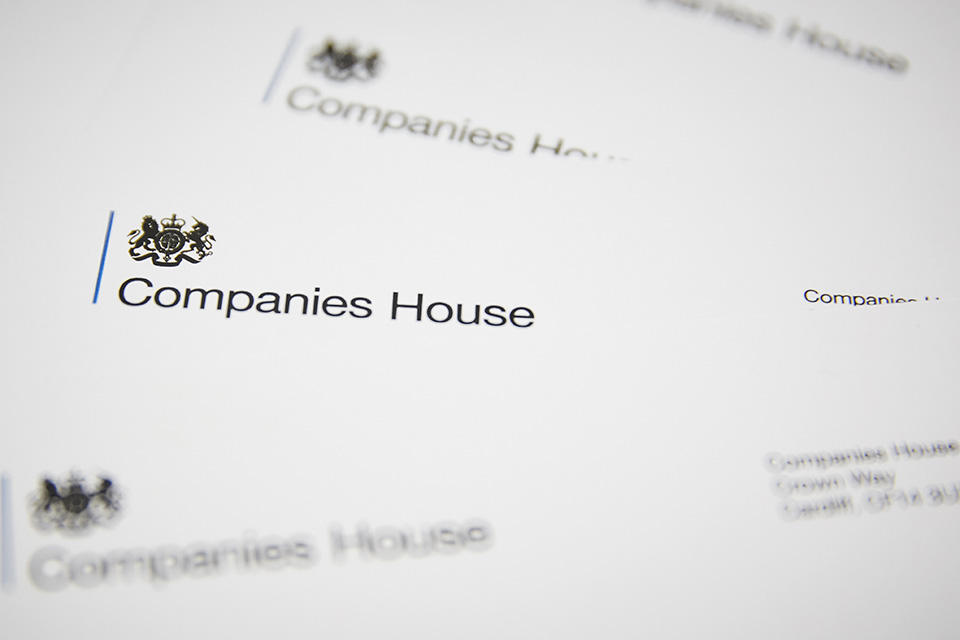
If you are thinking of becoming self-employed and setting up your own limited company in the UK, you may be wondering what steps you need to take and what challenges you may face.
A limited company is a type of business structure that has its own legal identity, separate from its owners and directors. This means that you have more control over your business, but also more responsibilities and obligations. In this blog post, I will guide you through the basic steps to set up a limited company in the UK and give you some tips and resources to help you along the way.
Step 1: Register your company with Companies House
The first step to create a limited company is to register it with Companies House, which is the official registrar of companies in the UK. You will need to choose a unique company name that is not already taken by another business. You can check the availability of your desired name on the [Companies House website].

You will also need to provide an official address for your company, which can be your home address, your accountant’s address, or a virtual office address.
You will need to appoint at least one director, who is responsible for running the company and making sure it meets its legal and tax obligations. You can also appoint a company secretary, who can help with administrative tasks, such as filing documents and keeping records. However, this is optional for most companies.
You will also need to have at least one shareholder or guarantor, who owns a part of the company or guarantees to pay a certain amount if the company goes into debt. You can be the sole director and shareholder of your company, or you can have other people involved. You will also need to provide information about the people who have significant control over your company, such as voting rights or share ownership.
These are known as PSCs (persons with significant control) and you will need to keep a register of them and report any changes to Companies House. You will also need to prepare a memorandum of association and articles of association, which are documents that outline how your company will be run, such as the company’s objectives, rules, and decision-making processes.
You can use the standard model articles provided by Companies House or create your own customised ones. You can register your company online for £12 or by post for £40. You will receive a certificate of incorporation, which confirms your company’s existence and shows your company number and date of formation.
You can also register for Corporation Tax and PAYE (Pay As You Earn) at the same time as registering your company, which will save you some time and hassle later on.
Corporation Tax is the tax that your company pays on its profits, and PAYE is the system that collects income tax and National Insurance contributions from your employees’ wages. You can find more information and guidance on how to register your company on the [GOV.UK website].
Step 2: Open a business bank account
The next step to set up a limited company is to open a business bank account, which is essential for keeping your personal and business finances separate.

You will need to provide your company details, such as your company number, address, and directors, as well as proof of identity and address for yourself and any other signatories. You can compare different business bank accounts online and choose the one that suits your needs best.
Some banks offer free banking for a limited period, while others charge fees for certain transactions or services. You should also consider the interest rates, overdraft facilities, online banking features, and customer service of each bank.
You should also check if the bank offers any additional benefits or support for small businesses, such as loans, grants, or advice. You can find some of the best business bank accounts for limited companies on the [MoneySavingExpert website].
Step 3: Set up your accounting system

The third step to set up a limited company is to set up your accounting system, which is important for managing your income and expenses, preparing your tax returns, and keeping track of your cash flow. You can either hire an accountant or use accounting software to handle your accounts. An accountant can advise you on tax matters, help you with bookkeeping, and file your tax returns for you.
However, hiring an accountant can be expensive, especially for a new or small business. Accounting software can automate some of the accounting tasks, such as invoicing, recording transactions, and generating reports. However, using accounting software requires some basic accounting knowledge and skills, and you will still need to check and verify the data and calculations.
You should choose an accounting system that is compatible with your business needs, budget, and preferences. You should also look for accounting software that is HMRC-compliant, cloud-based, and user-friendly. You can find some of the best accounting software for limited companies on the [TechRadar website].
Step 4: Get business insurance
The fourth step to set up a limited company is to get business insurance, which is essential for protecting your business from potential risks, such as legal claims, property damage, or theft.

Depending on the nature and size of your business, you may need different types of insurance, such as public liability, professional indemnity, employers’ liability, or business interruption. Public liability insurance covers you if someone is injured or their property is damaged because of your business activities.
Professional indemnity insurance covers you if you make a mistake or give bad advice that causes financial loss to your client. Employers’ liability insurance covers you if your employees get injured or ill because of their work for you. Business interruption insurance covers you if you lose income or incur extra costs because of an unexpected event that disrupts your business, such as a fire, flood, or cyberattack.
You can compare different insurance providers and policies online and choose the one that offers the best coverage and value for your business. You should also review your insurance needs regularly and update your policy accordingly. You can find some of the best business insurance for limited companies on the [Simply Business website].
Step 5: Market your business

The fifth and final step to set up a limited company is to market your business, which is crucial for attracting and retaining customers, building your brand, and increasing your sales. You can use various marketing strategies and channels, such as creating a website, using social media, advertising, networking, or word-of-mouth.
You should identify your target market, define your unique selling proposition, and set your marketing goals and budget. You should also monitor and measure the effectiveness of your marketing efforts and adjust them as needed. You can find some of the best marketing tips and resources for small businesses on the [Entrepreneur website].
Conclusion
These are the basic steps to set up a limited company in the UK. However, you may also need to consider other aspects of running a business, such as hiring staff, complying with regulations, or expanding your operations.
You can find more information and guidance on the [GOV.UK website] or consult a professional adviser if you need further assistance. I hope this blog post has helped you with your query. If you have any questions or feedback, please leave a comment below. Thank you for reading and good luck with your business venture!





More Stories
TikTok won’t be sold, Chinese Parent informs Americans
Rebel Wilson book with blacked-out text published in the United Kingdom
“I desire to reach England”: The BBC reports on individuals Battling on a Migrant boat before to five Deaths